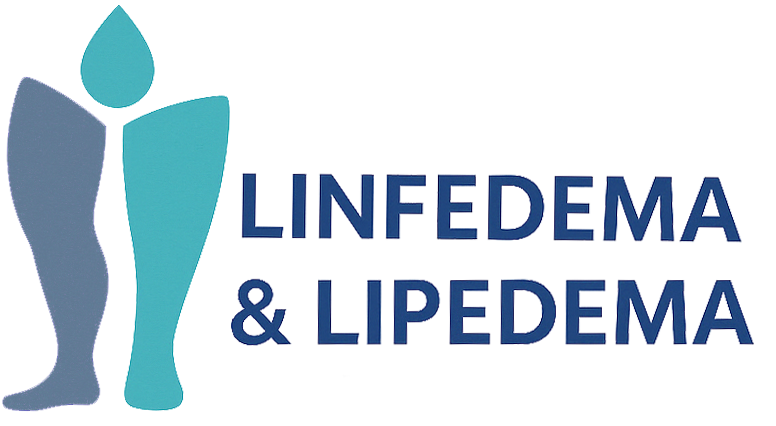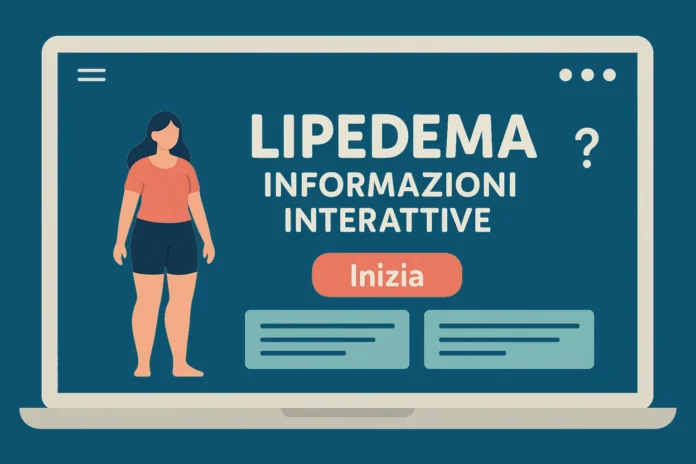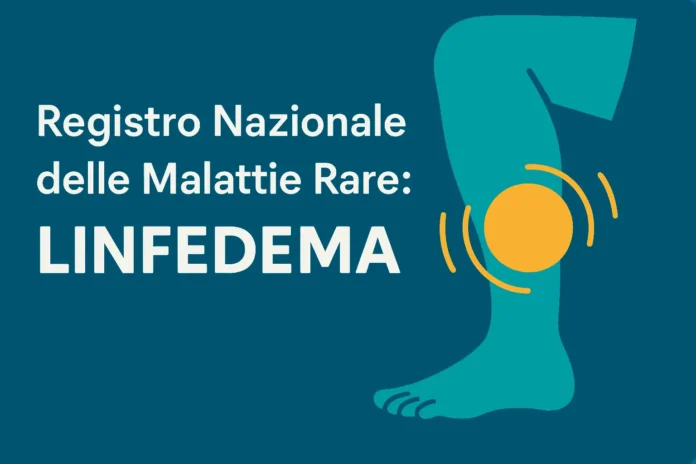Introduction
Lipedema is a chronic, progressive, and painful condition characterized by the abnormal and symmetrical accumulation of fatty tissue, mainly in the lower and sometimes upper extremities, which almost exclusively affects women. Often confused with obesity or lymphedema, lipedema has received increasing attention in recent years due to significant advances in the understanding of its pathophysiology and the development of new therapeutic approaches.
This article presents an in-depth review of the latest innovative therapies for the treatment of lipedema, based on the latest scientific evidence and clinical advances.
1. New findings on the pathophysiology of lipedema
1.1 Vascular and cellular alterations
Recent studies have revolutionized the understanding of the pathophysiology of lipedema, highlighting the central role of vascular changes. Research published in Obesity has shown that in lipedematous adipose tissue:
- Endothelial cells migrate to the periphery of the vascular wall, transforming into pericytes
- These pericytes subsequently transform into preadipocytes and then into adipocytes
- Adipocytes reach up to twice the volume of those found in healthy or obese subjects
- Significant thickening of capillary walls is observed with proliferation of endothelial cells and pericytes
- More fragile basement membrane areas and cell degeneration phenomena are present
- Calcium crystals are frequently found within adipocytes ITALF1
1.2 Inflammatory and metabolic profile
Studies from 2023-2024 revealed that lipedematous adipose tissue has an atypical inflammatory profile:
- High presence of macrophages, but with little formation of the “crown structures” typically observed in obesity
- Increased angiogenesis and altered signaling in lipedema cells, particularly in stage 2
- Hyper-expression of MIF-1 gene and CD74 receptor, linked to inflammatory processes
- Alterations in metabolic profiles, including increased amino acid metabolism and changes in pyruvic acid levels Lipedema Foundation2
1.3 Genetic basis
The identification of the genetic basis of lipedema has made great strides:
- AKR1C1 gene has been proposed as the first gene related to non-syndromic lipedema
- Leu213Gln genetic variant of AKR1C1, found in a family with lipedema, reduces catalysis of steroid hormones
- Other candidate genes involved in adipose metabolism have been identified: PPARG, AKT2, PLIN1, LIPE, ALDH18A1, MFN2
- Pathogenic variants have also been identified in the genes GHR, RB1, ABCC6, BBS10 and PITPN1
- Transmission patterns include female-expressing autosomal-dominant and possible X-linked modes lipedemaitalia.info3
These findings suggest new avenues for the development of innovative diagnostic tools based on vascular and genetic markers, as well as potential targeted therapies.
2. Innovative drug therapies
2.1 RZL-12: A targeted treatment for lipedema
One experimental drug that is showing promising results is RZL-12, developed by Raziel Therapeutics. This injectable treatment is currently in clinical trials for both lipedema and Dercum’s disease.
Mechanism of action:
- Targeted injection into areas of fat accumulation
- Induction of selective destruction of fat cells
- Replacement of degraded fat with fibrotic tissue
Preliminary results:
- Average 50% reduction of lipomas in patients with Dercum’s disease
- Significant reduction in pain (about 70%)
- Improved mobility and quality of life
Clinical study design:
- Open-label study with two cohorts: women with lipedema and patients with Dercum’s disease
- Progressive dosing with safety assessment at 7 and 14 days
- Inclusion criteria for lipedema: postmenopausal women up to 65 years of age with significant above-knee fat (circumference ≥50cm)
- Monitoring of long-term effects Lipedema Simplified4 Clinical Trial5
2.2 GLP-1 and GIP receptor agonists: tirzepatide and semaglutide
GLP-1 receptor agonists (Semaglutide, Ozempic, Wegovy) and the new dual GLP-1/GIP agonist (Tirzepatide, Mounjaro), initially developed for diabetes and obesity, are emerging as potential treatments for lipedema.
Tirzepatide: mechanisms of action relevant to lipedema:
- Dual GLP-1/GIP agonism affecting lipid metabolism
- Inhibition of pro-inflammatory cytokines (TNF-α, IL-6)
- Shifting the immune response toward anti-inflammatory M2 macrophages
- Stimulation of thermogenesis with increased expression of UCP1 in brown fat
- Modulation of extracellular matrix remodeling and reduction of fibrosis
- Weight loss up to 20.9% in clinical trials
- Improved insulin sensitivity Lipedema.net6
Semaglutide/Ozempic/Wegovy in lipedema:
- Reduced appetite and significant weight loss
- Decreased pain, swelling and skin irritation in affected areas
- Reduction of joint stress and improvement of mobility
- Decreased chronic inflammation in tissues
- Preoperative optimization for liposuction candidate patients Dr. Azouz7
These drugs represent an important innovation because they act at the metabolic and inflammatory levels, addressing the pathophysiological changes of lipedema and not just the symptoms.
3. Advanced liposuction techniques
Liposuction remains the only treatment that can effectively remove the abnormal fatty tissue associated with lipedema. In recent years, more refined and less traumatic techniques have been developed.
3.1 Tumescent liposuction
Tumescent liposuction is considered the gold standard for the surgical treatment of lipedema:
- Infiltration of a dilute anesthetic solution into the adipose tissue
- Selective fat suction using techniques that preserve lymphatic structures
- High safety profile and less invasiveness than traditional techniques
Documented benefits:
- Significant reduction in pain (from 6-7/10 to 2-3/10 on the VAS scale within 3-6 months)
- Decreased edema and tissue decongestion
- Reduction of capillary fragility and tendency to bruising
- Improved mobility, especially in the medial regions of the thighs
- Significant increase in quality of life (QoL) assessed by standardized scales
- Persistence of results up to 12 years in patients with stable BMI Pallaoro Clinic8
3.2 Water-jet-assisted liposuction (WAL)
Water-jet-assisted liposuction (WAL) represents one of the most innovative techniques:
- Using a water jet to gently separate fatty tissue
- Less tissue trauma and preservation of lymphatic structures
- Significant reduction in pain, swelling, and recovery time
- Lasting aesthetic improvements Fearful posture9
3.3 Laser-assisted liposuction (LAL)
Laser-assisted liposuction (LAL) uses laser energy to:
- Liquefaction of adipose tissue before aspiration
- Stimulation of collagen production
- Improvement of skin retraction
- Reduction of bleeding and tissue trauma
These advanced surgical techniques offer significantly better results than traditional techniques, with less trauma, shorter recovery time, and better aesthetic and functional outcomes.
4. Minimally invasive and nonsurgical therapies.
4.1 Carboxytherapy
Carboxytherapy has emerged as a promising minimally invasive therapy for lipedema:
- Injection of medical carbon dioxide (CO₂) under the skin
- Improvement of blood and lymphatic circulation through vasodilation
- Reduction of pain and swelling
- Improved skin elasticity
- Reducing the appearance of cellulite
- Clinical results: volumetric reduction of treated areas, improved mobility and comfort Fearful Posture9
4.2 Laser and ultrasound therapies
Technologies such as laser therapy and focused ultrasound represent noninvasive options with promising results:
- Selective fragmentation of adipose tissue
- Stimulation of lymphatic drainage
- Improved skin texture
- Reduction of swelling and alleviation of pain
- Benefits for lymphatic circulation
4.3 Innovative antifibrotic treatments
To counteract the tissue fibrosis characteristic of advanced lipedema, specific treatments have been developed:
- Extracorporeal shock waves (ESWT): use acoustic energy to break down fibrotic tissue and stimulate regeneration
- Ultrasonic cavitation: generates microbubbles that implode and shatter fibrotic tissue
- Manual vibration and vibrating footpads (whole-body vibration)
- Light therapies (LED or low-level laser)
- Negative pressure devices (vacuum therapy)
- Instrument-assisted soft tissue mobilization (IASTM)
- Electrical microcurrent and pulsed magnetotherapy
- Anti-fibrotic compression garments with specific designs Lio Lipedema Italy10
5. Innovative nutritional approaches
Recent studies have explored the effectiveness of specific nutritional approaches in the treatment of lipedema:
5.1 LCHF (Low-Carbohydrate, High-Fat) Diet.
Research from 2023 demonstrated benefits of the LCHF diet in patients with lipedema:
- Improvement in laboratory parameters: weight, liver function, glycemic profile, triglycerides and HDL-C
- Significant reduction in pain levels
- Decrease in fat mass, particularly in the legs
- Ankle circumference reduction Lipedema Foundation2
5.2 Personalized ketogenic diets
Ketogenic diets are emerging as a promising therapeutic approach:
- Anti-inflammatory effects with reduction in circulating inflammatory markers
- Mobilization of resistant lipid deposits
- Improved insulin sensitivity
- Personalization according to the patient’s health status lipedemaitalia.info11
6. Innovative integrated protocols
6.1 Lipomesoplasty with multimodal approach
An innovative nonsurgical conservative approach combines:
- Lipomesoplasty: symmetrical injections of anti-inflammatory, circulatory, and lipolytic drugs
- Anti-inflammatory ketogenic diets
- Customized sports training plans
- BEMER vascular physical therapy to improve microcirculation
- Intermittent pneumatic compression pressotherapy
- Psychological support and support groups
- Continuous monitoring with bioimpedance monitoring lipedemaitalia.info11
6.2 Advanced monitoring technologies
The use of advanced technologies for monitoring patients with lipedema includes:
- Multifrequency segmental bioimpedance analysis for body composition
- High-resolution ultrasound for characterization of adipose tissue
- Wearable devices for monitoring physical activity and swelling
- Thermography to assess local inflammation
- Dedicated APP for symptom monitoring Fearful Posture12
7. Genetic testing and personalized medicine
Evolving genetic knowledge about lipedema is paving the way for precision medicine:
- NGS (Next Generation Sequencing) panels that include diagnostic and candidate genes
- Early identification of at-risk individuals through family genetic screening
- Genetic counseling for families with a history of lipedema
- Development of targeted therapies based on genetic profile
- Possibility of correcting specific genetic abnormalities in the future lipedemaitalia.info3
8. Future Perspectives.
8.1 Therapies in development
- Monoclonal antibodies targeted against pro-inflammatory cytokines
- Gene therapies for correcting mutations in lipedema-related genes
- Development of biomaterials for the treatment of damaged tissues
- Further refinement of liposuction techniques
- Drugs that affect microcirculation and lymphatic function
8.2 Ongoing research
- Animal and cellular models for the study of lipedema
- Biomarkers for early diagnosis and monitoring of progression
- Stem cell-based regenerative therapies
- Randomized controlled clinical trials to compare the effectiveness of different treatments
Conclusions
The treatment of lipedema has progressed significantly in recent years, with the emergence of innovative therapies based on a deeper understanding of the pathophysiology of the disease. The multimodal approach, combining drug therapies, advanced surgical techniques, conservative treatments, and nutritional strategies, is the new standard of care.
The identification of genetic and vascular markers is paving the way for earlier diagnosis and personalized therapies. Drug innovations such as RZL-12, Tirzepatide, and Semaglutide offer new hope for patients with this debilitating condition.
Importantly, the treatment of lipedema requires a personalized and multidisciplinary approach, with ongoing evaluation of outcomes and adaptation of therapeutic strategies. Collaboration between specialists from different disciplines, patient associations, and researchers is critical to continue to improve the understanding and treatment of lipedema.
Bibliography
- ITALF. (2025). Lipedema: new findings on changes in adipose tissue. ITALF1
- Lipedema Foundation. (2024). 2023 Research Roundup. Lipedema Foundation2
- Lipedema Simplified. (2024). Promising New Drug Trial. Lipedema Simplified4
- Clinical Trial. (2024). Evaluation of Safety and Efficacy of RZL-012 for the Treatment of Lipedema or of Nodular Dercum’s Disease. Clinical Trial5
- Lipedema.net. (2024). Lipedema and GLP-1 Agonists. Lipedema.net6
- Dr. Azouz. (2024). GLP-1 Medications in Lipedema Treatment. Dr. Azouz7
- Pallaoro Clinic. (2024). Lipedema – Treatment with liposuction. Pallaoro Clinic8
- Fearful Posture. (2024). Innovations in Lipedema Care. Fearful Posture9
- Fearful Posture. (2024). Latest Advances in Lipedema Care. Scary Posture12
- Lio Lipedema Italy. (2024). Antifibrotic treatment in lipedema. Lio Lipedema Italy10
- Lio Lipedema Italy. (2024). A proposal for conservative treatment. Lio Lipedema Italy11
- Lio Lipedema Italy. (2024). Genetics of lipedema. Lio Lipedema Italy3




